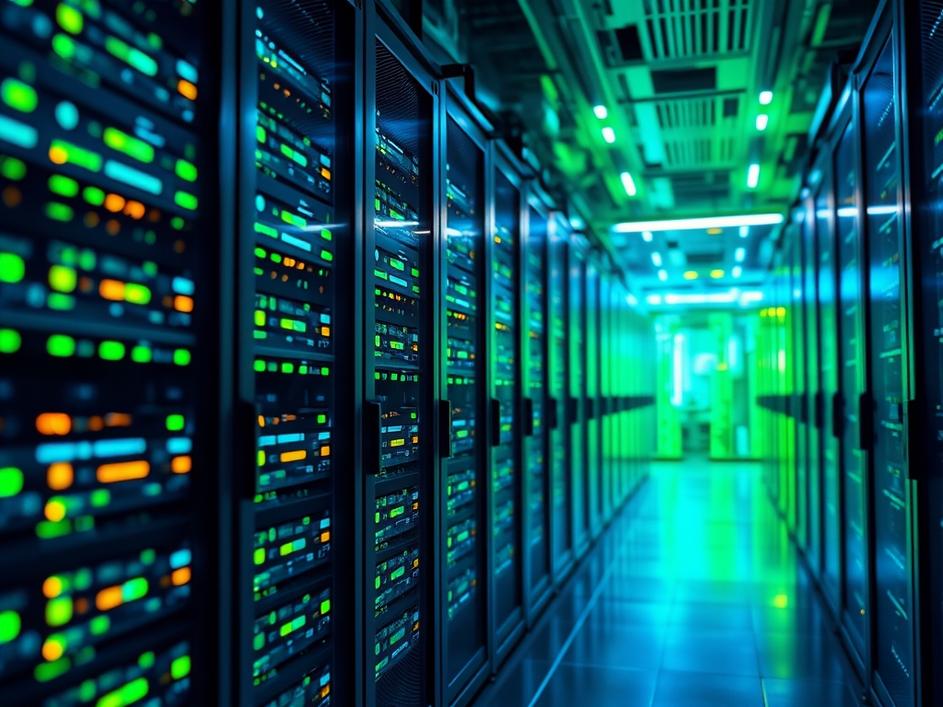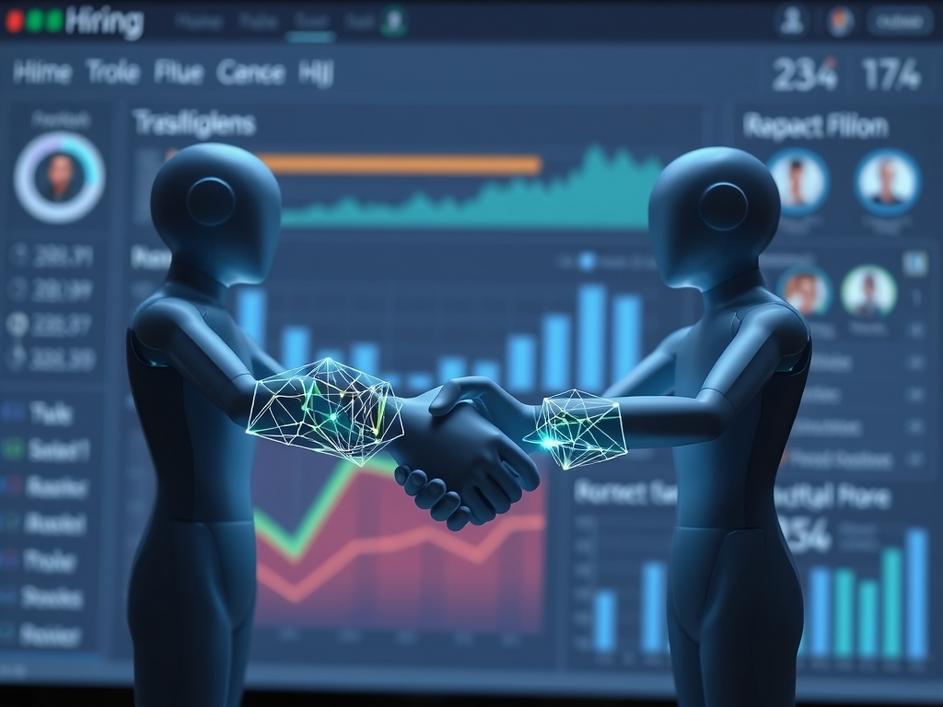


We are a digital agency helping businesses develop immersive, engaging, and user-focused web, app, and software solutions.
2310 Mira Vista Ave
Montrose, CA 91020
2500+ reviews based on client feedback

What's Included?
ToggleFor a long time, when we talked about robots or automation, most of us probably pictured machines doing just one thing, over and over. Think of a robot arm on a car assembly line, tightening the same bolt thousands of times a day. That kind of automation has been around for a while, and it’s done a lot of good, making things faster and cheaper. But something big is changing. We’re now seeing a new kind of automation emerge. It’s not just about doing one simple, repetitive task anymore. Instead, these new systems are smarter, more flexible, and can handle a bunch of different jobs. It’s a big step forward, and it means machines are starting to act more like helpful co-workers than just tireless laborers.
The biggest shift is that these machines are becoming “polyfunctional.” This is a fancy way of saying they can do many different things. Imagine a robot in a warehouse that used to just move boxes from point A to point B. Now, that same robot might also be able to sort the boxes, read labels, check for damage, and even update the inventory system – all without needing a human to reprogram it for each new task. Or think about software bots that can not only process customer service requests but also understand the customer’s mood, suggest next steps, and even learn from past interactions to get better at solving problems. This is a huge leap from the old way. It means businesses can get more done with fewer specialized tools, making things run smoother and faster.
What makes these multi-talented robots so powerful is that they are also “intelligent.” This means they can learn and adapt. Unlike older machines that followed strict rules, these new systems can take in information, understand patterns, and even make decisions on their own. They don’t just follow a script; they figure things out. For example, if a shipping route changes because of bad weather, an intelligent system can automatically find the best new path without a human having to manually input all the new details. If a customer asks a question in a slightly different way than usual, the smart system can still understand it and give a helpful answer because it has learned from many similar questions before. This ability to learn and adjust makes them much more useful in real-world situations, where things rarely go exactly as planned.
This rise of smart, multi-skilled automation is going to change how we all work. It’s not necessarily about robots taking over every job, but rather about them taking on the repetitive, tedious, or dangerous parts of our work. This frees up people to focus on tasks that need creativity, critical thinking, problem-solving, and human connection – things machines aren’t great at. So, instead of people feeling like cogs in a machine, they can become more like conductors, guiding these intelligent systems and using their output to make better decisions. Think of it like a smart assistant that handles all the small details, allowing you to focus on the big picture. Companies will find new ways to be efficient, but also new ways to serve their customers and create better products, because their human teams have more time for innovation.
Of course, this journey isn’t without its challenges. Bringing these complex systems into a business costs money and takes effort. We also need to think about how to train people to work alongside these intelligent bots. And there are bigger questions, too, like making sure these systems are fair and ethical in their decisions, and protecting our data. But as these technologies get better and more affordable, they will become a standard part of how businesses run. We are really just at the start of seeing what these multi-talented, learning machines can do. They promise a future where work is more efficient, less repetitive, and hopefully, more focused on what humans do best. It’s a future that demands we understand and thoughtfully adopt these powerful tools.
The move towards more flexible and intelligent automation marks a truly important moment in technology. It’s not just about doing things faster; it’s about doing things smarter and with more understanding. These new bots are becoming more than just tools; they are evolving into active participants in our work and lives, ready to take on a variety of tasks and learn along the way. We are stepping into an era where machines don’t just follow orders but can adapt, contribute, and even grow in their capabilities. This will redefine efficiency and open up new possibilities, pushing us to rethink how we work, innovate, and create value in a world increasingly shared with clever, adaptable machines. It’s an exciting path forward, full of both promise and the need for careful thought.



Leave a reply